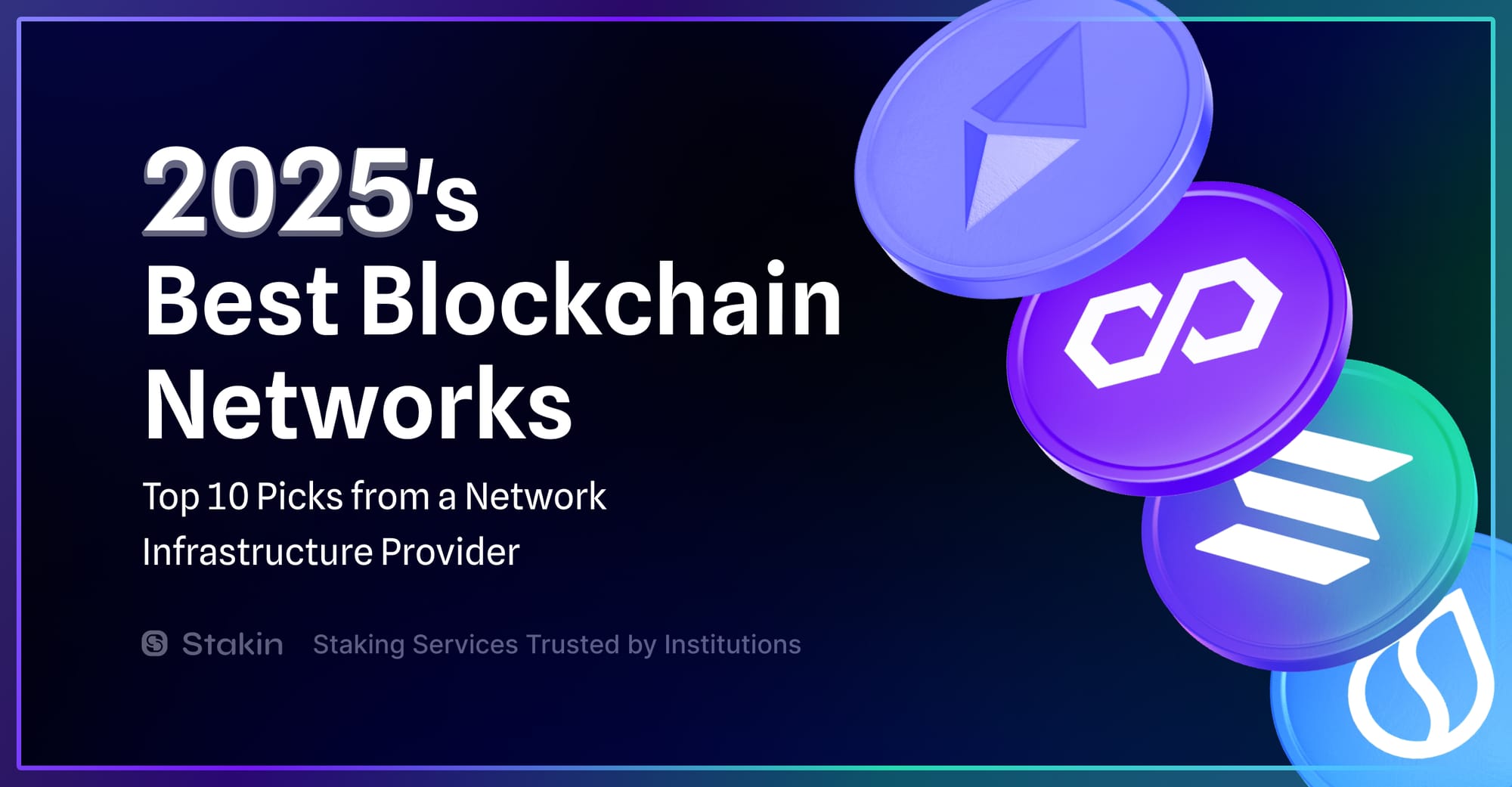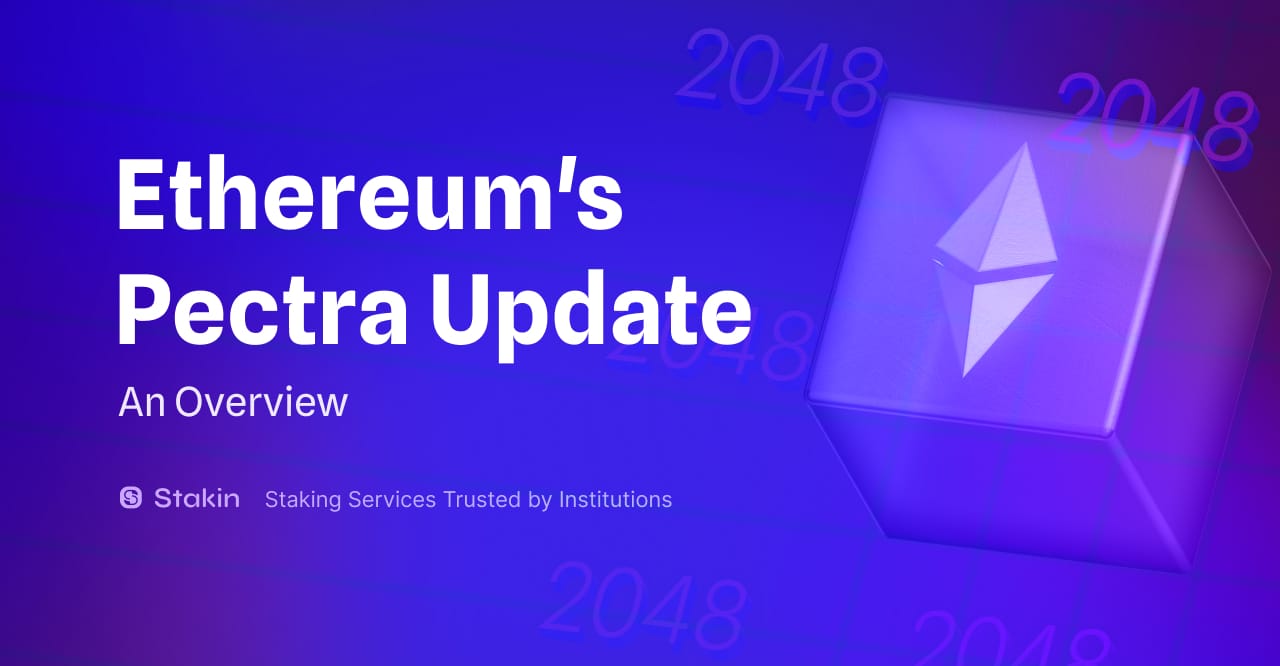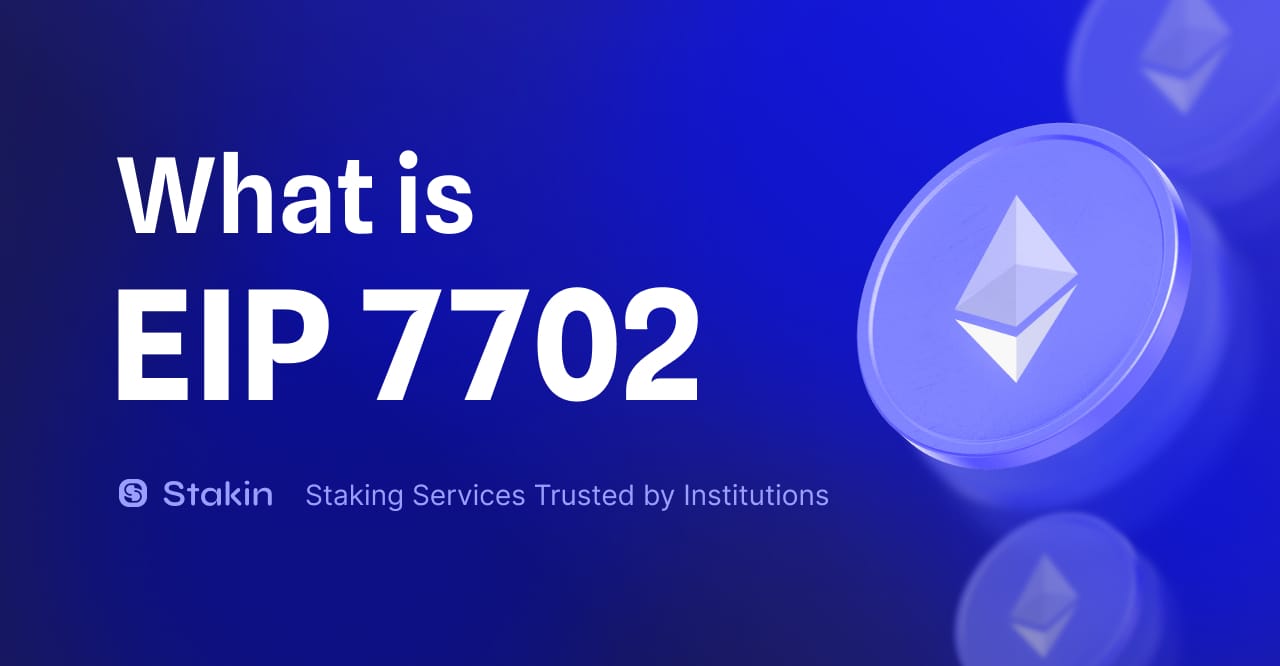Staking ETH has been possible since the launch of Ethereum's Beacon Chain in December 2020. Ethereum recently underwent a significant upgrade known as the Merge, which converted the network to a Proof-of-Stake consensus mechanism.
Since the Merge, Ethereum blocks have been validated by PoS consensus on the Beacon Chain; however, staking ETH has had limitations, such as the ability to withdraw or compound staked ETH.
Validators have been earning rewards every epoch (which lasts 6.4 minutes) on Ethereum's Consensus Layer (CL) by attesting to the chain's current state and additional rewards by proposing a block or being selected in a validator sync committee.
These reward, however, are currently locked in the validator balance on the Consensus Layer and cannot be withdrawn. Yet, these limitations will soon disappear because of the upcoming Shanghai, and Capella upgrades planned to be executed in March 2023, focusing on withdrawals of stake positions and validator rewards. So, let’s have a better look at what these upgrades entail.
First, the Shanghai upgrade focuses on enabling withdrawals on the execution layer (EL). Thus, introducing a new type of transaction that will push withdrawals from CL to EL. If you’re interested in following the discussion around all of this, have a look here.
Second, the Capella upgrade is the consensus layer upgrade that will enable ETH stakeholders to withdraw their funds. While the Shanghai upgrade is the upgrade most talked about, the Capella upgrade is the most noticeable if you’d like to understand better what happens behind the scenes. That’s because the interaction needed to complete an entire transaction/withdrawal occurs on the CL. The Capella upgrade introduces partial withdrawals and full withdrawals.
In the case of a full withdrawal, a validator requests to leave the active set. Note that once this has been done, it is irreversible. When the request has been made and verified, the accumulated rewards and original stake of the validator become withdrawable.
The withdrawal sweep then sends the assets to the validator's withdrawal address. Most validators, however, are probably not looking to completely exit the active validator set on Ethereum. That’s why partial withdrawals are also introduced. Partial withdrawals do not require any prompt from the validator itself and will automatically send any amount over 32 ETH to the withdrawal address of the validator. Any amount above 32 ETH on a validator's balance doesn’t earn the validator additional rewards, so the protocol will automatically withdraw amounts over 32 ETH.
Ethereum Withdrawals, Exit Queue, and Processing
So, what does this mean for you as a staker? To unstake their position, a staker must sign a Voluntary Exit message using the validator's validation key and broadcast it to the Consensus Layer (CL) for processing. This message includes the validator's current epoch, which is used to verify that the validator has not been active recently.
After the validator exit message is processed, the validator is added to the Exit Queue. Even in the Exit Queue, the validator can continue to attest and propose blocks, which means they can still earn rewards.
You may also be interested in:
- How to Delegate to an Eigenlayer Operator
- Everything You Need to Know About the Ethereum Dencun Update
The Exit Queue will have a maximum of 7 validators to exit per epoch (every 6.4 minutes) and a minimum wait of 4 epochs to exit. Once processed, the validator is considered to have exited and will no longer attest or propose any more blocks.
When the Capella upgrade is completed, 16 withdrawable validators per block (around 12 seconds) can be processed. Two types of withdrawals can occur when a validator is processed. First is the more well-known option, unstaking.
Ethereum refers to “exiting” when unstaking; however, it means the validators’ complete balance is burnt, after which it becomes mintable on the EL. Thus, the assets have become withdrawable, but the validator remains operative.
A second option is skimming; while similar to unstaking, when choosing to skim, the validator's balance will keep its 32 ETH, but everything above that amount will be burnt and then becomes withdrawable from the EL, as with unstaking. The validator will continue to secure the network and, thus, can earn new staking rewards.
It’s important to note that these processes can take a significant time (multiple days), as over half a million active validators currently secure the Ethereum blockchain. And while we estimate that withdrawals could be relatively fast on the network, the Exit Queue could last a few weeks to a few months, depending on how many validators wishes to exit the network.
At Stakin, we do not estimate little exits to take place, but stakers wishing to exit should bear in mind that liquidity will take time. Indeed, only 7 validators will be exited per epoch (~6.4 mins), with a minimum of 4 epochs to wait and a final withdrawal queue due to the limit of 16 withdrawable validators per epoch. If ~30% of the validators were to exit the network, which we do not expect to happen, the exit queue could take ~6 months to process.
Closing thoughts
Shanghai and Cappella will enable withdrawals and exit for ETH stakers. Compounding will be enabled through partial withdrawals as well as full validator exit.
- Partial withdrawal → withdrawing the reward portion, the generated yield (the portion above 32 ETH).
- Exit with full withdrawal → withdrawing the whole staked 32 ETH and rewards.
Both withdrawals and exits will face queues, with a relatively fast withdrawal queue but a potentially longer exit queue.
- Withdrawal (partial or full) → 16 withdrawable validators per block (occurring every 12 seconds).
- Exit with full withdrawal → 7 exitable validators per epoch (1 epoch ~6 mins) with a minimum wait of 4 epochs + final detail of 16 withdrawals per block.
Partial withdrawals will be very fast, but exits could take a few weeks to a few months, depending on the number of stakers wishing to exit.
- Partial withdrawal → Rather fast. It would take a few days to withdraw all the existing ~400,000 validators in the network, which means liquid rewards are to be received every few days for stakers.
- Exit with full withdrawal → Could be very slow, depending on how many exits there are on the network. If ~30% of the validators were to exit the network, which we do not expect to happen, the exit queue could take ~6 months to process.
How Stakin is Preparing for ETH Withdrawals
- Integrating ETH to our dashboard: dashboard.stakin.com
With our dashboard, ETH stakers will be able to track their staked ETH and rewards, as well as export the data via CSV and through API.
- Building custom ETH staking solutions
Institutional customers can reach out to our dedicated account managers or institutional@stakin.com to get to know more about the custom solution we can build to help them retrieve and integrate staking into their offers.
Testing the upgrades
As a dedicated validator, Stakin is involved in Ethereum testnets and preparing its infrastructure for the upgrades. We’ll be ready to process these, and exit any validator within 24 hours as requested by our customers.
DISCLAIMER: This is not financial advice. Staking, delegation, and cryptocurrencies involve a high degree of risk, and there is always the possibility of loss, including the failure of all staked digital assets. Additionally, delegators are at risk of slashing in case of security or liveness faults on some protocols. We advise you to do your due diligence before choosing a validator.



